Information Technology Reference
In-Depth Information
In each operation, this inner state changes, so that when the next opera-
tion takes place, the previous operation is not repeated, but rather another
operation can take place. One could ask, how many such non-trivial
machines one could construct if, as in our case, one has the possibility of 24
different states. The number of such possible machines is
N
24
=
6.3
¥
10
57
.
That is a number with 57 zeros tacked on. And you can already see that
some difficulties arise when you want to explore this machine analytically.
If you pose a question to this machine every microsecond and have a very
fast computer that can tell you in one microsecond what kind of a machine
it is, yes or no, then all the time since the world began is not enough to
analyze this machine. Therefore my next proposition runs:
03. Numbers: Let n be the number of input and output symbols, then the number
N
T
of possible trivial machines, and the number N
NT
of non-trivial machines is: N
T
(n)
=
n
n
,N
NT
(n)
=
n
nz
, where z signifies the number of internal states of the NT machine,
but z cannot be greater than the number of possible trivial machines, so that z
maz
=
n
n
,N
NT
(n)
=
n
nn
n
.
For a trivial anagrammaton
(z
=
1)
with 4 letters
(n
=
4)
the result is
N
T
(4)
=
4
4
=
2
2
·
4
=
2
8
=
256
.
For a non-trivial anagrammaton (which calculated different anagrams
according to prescribed rules):
N
NT
(4)
=
4
4
·
4
4
=
2
2
·
2
·
2
·
256
=
2
2048
=
approx.
10
620
.
W. Ross Ashby, who worked with me at the Biological Computer
Laboratory, built a little machine with 4 outputs, 4 inputs, and 4 inner states,
and gave this machine to the graduate students, who wanted to work with
him. He told them, they were to figure out for him how this machine
worked, he'd be back in the morning. Now, I was a night person, I've always
gotten to the lab only around noon and then gone home around 1, 2, or 3
in the morning. So I saw these poor creatures sitting and working and
writing up tables and I told them: “Forget it! You can't figure it out!”—“No,
no, I've almost got it already!” At six A.M. the next morning they were still
sitting there, pale and green. The next day Ross Ashby said to them: “Forget
it! I'll tell you how many possibilities you have: 10
126
.” So then they relaxed.
Just imagine! Here we're concerned with only 4 letters, for input and
output symbols and with inner states totaling only 24 possibilities. The com-
plexity of this system is so enormous that it is impossible to find out how
this machine works. And yet, although our brain employs over 10
10
neurons,
the representatives of “artificial intelligence” have the nerve to say that
they're about to discover how the brain works. They say, “I've worked on
a machine that works like the brain.” “Oh, congratulations—and by the way,
just how
does
the brain work?” No one knows that. But then one can't even
make the comparison. One can only say that the
macbine
works thus and
thus, but one can't say how the
brain
works, because nobody knows. But
perhaps one doesn't need to know how the brain works. Maybe it's just, as
the American saying goes, that “we're barking up the wrong tree.”

Search WWH ::

Custom Search